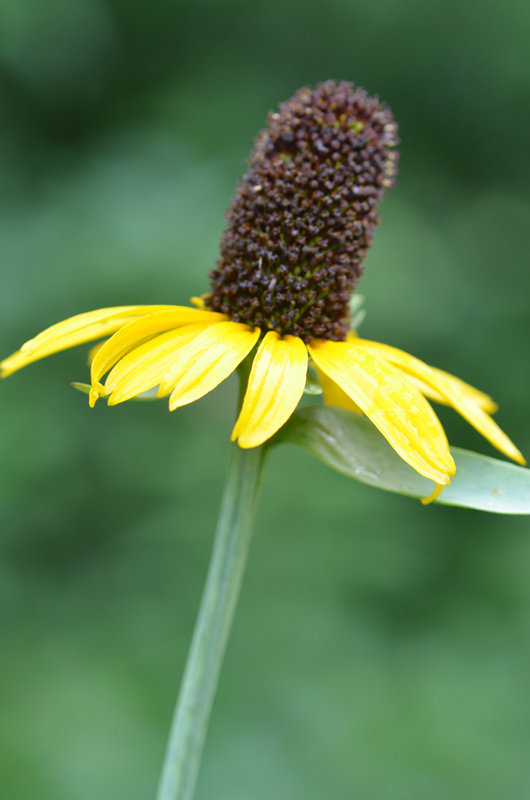| General Description | A perennial cornflower with summer flowers that are a beautiful yellow around a dark brown centre and large, blue-green leaves at the base. |
| Landscape | Works well in wildflower meadows, prairies and gardens. |
| Propagation | Propagate through seed. |
| Cultivation | Grow in full sun in a moist, well-drained soil. Tolerant of heat, minor drought and a range of soils. |
| Pests | Slugs and snails may cause problems on young plants, and the species is susceptible to powdery mildew. |
| Notable Specimens | The Devonian Botanic Gardens, Devon, Alberta, Canada. The A. M. Cuddy Gardens, Strathroy, Ontario, Canada. |
| Habitat | Native to open woodland areas, as well as moist prairies and along transportation lines. |
| Leaf Description | Paddle shaped, bluish-green leaves that are notably large (up to 60 cm in length and 25 cm in width) and appear in a basal clump. |
| Flower Description | A brown cone surrounded by yellow rays, to 7.5 cm in diameter, blooming in the summer. The flower is attractive to butterflies. |
| Fruit Description | Small seeds which remain on the terminal of flower stalks and are a particular favourite of goldfinches. |



